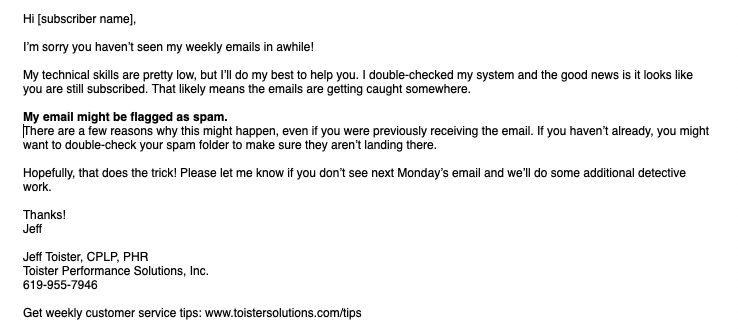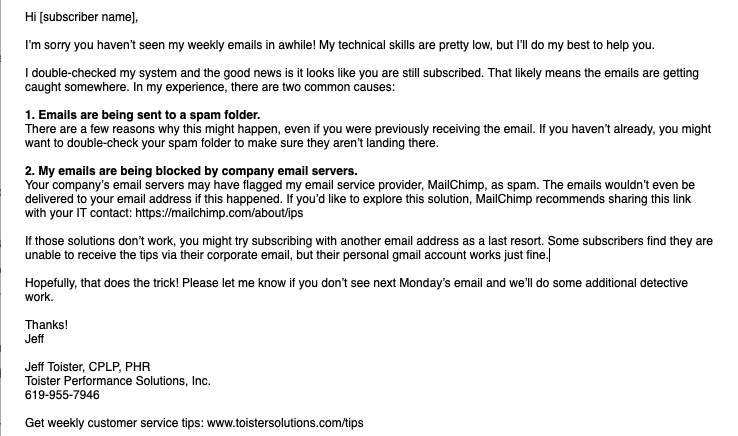When I started working in contact centers they were called call centers because that's what customers did. They called.
Today, it's very different. Customers have far more options for contacting a company beyond the phone. They can email, chat, text, use social media, use the company's app, or go to the company's website.
This is a big challenge for contact center leaders.
On one hand, we want to serve customers using the channels they prefer. The problem is it's exceptionally difficult to staff, train, and provide the right infrastructure for multiple channels. It's even more difficult to deliver consistently excellent service when limited resources are divided in too many ways.
Some companies limit service to just a few channels, but this can cause unnecessary friction. For example, if a customer is forced to email a software vendor because that's the only available channel, that customer might not get the immediate resolution they need.
So what's the best way?
This post explores various options for choosing the support channels that work the best for your specific situation. It includes a short training video and several hands-on exercises.
What service channels to customers prefer?
Research shows that the phone is still the most popular customer service channel, but customers also choose different channels in different situations. There are a few factors customers consider when deciding how to contact your company for service. These include:
Convenience
Urgency
Complexity of the issue
Let's take a closer look at each one, starting with convenience.
Customers want service to be easy and convenient. A customer might use a web form to email your company instead of calling because they can type a short message and send it without having to wait on hold.
There's a major gap here.
The Northridge Group published a comprehensive report on consumer channel preferences in 2018. It revealed that customers generally don’t think it’s easy to get support via various service channels.
Source: The Northridge Group
The next factor is urgency.
A customer with an urgent need might be more inclined to call, while a simple question can be sent via email or social media. One word of caution: my own research reveals that the gap is closing between response time expectations for 'slow' channels like email and real-time channels like phone.
The third factor is complexity.
Customers often decide how to contact a company based on the complexity of their issue. A simple question might get asked in an online forum, while a customer might turn to phone or chat for a detailed technical issue.
Keep in mind that what customers really want is to get their issue resolved. So customers are more likely to be happy with something other than their preferred channel if you are able to serve them effectively.
How to choose the right support channels
There are two parts to choosing the right channels to serve your customers. The first part is evaluating your existing service channels and deciding whether to improve or remove each one. The second part is determining which new service channels, if any, need to be added.
I'm going to share a four minute training video with you that will walk you through the steps required to choose the best support channels for your organization.
Download this Service Channel Worksheet before watching the video. You'll use it for an exercise to help you evaluate the effectiveness of your existing service channels.































